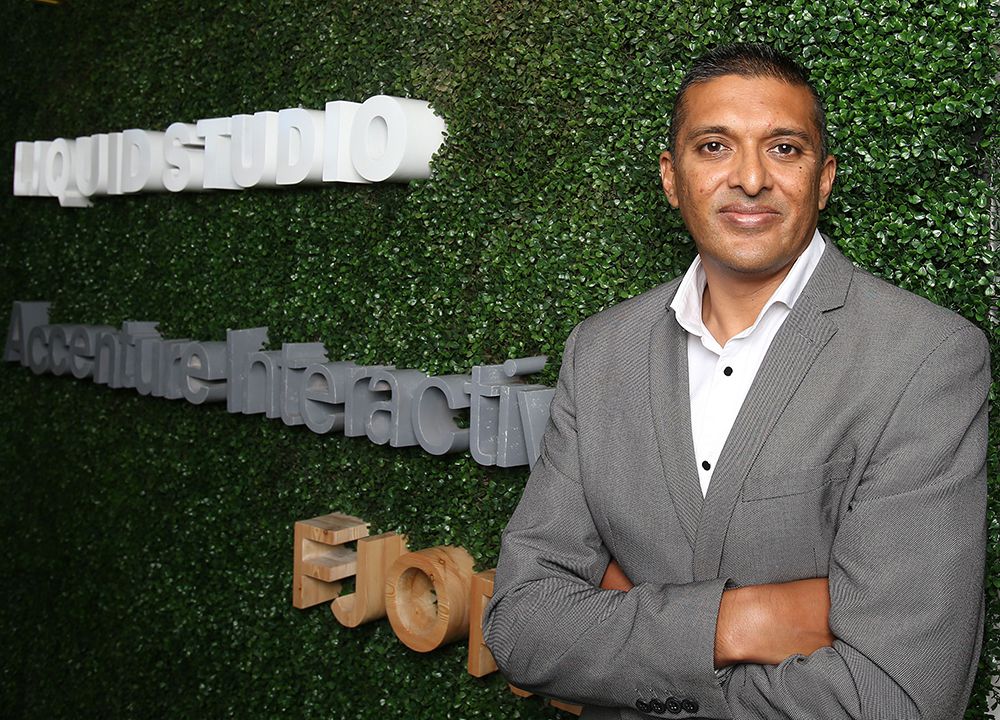The very nature of their business places them at the centre of a paradox. They are simultaneously creators and champions of a new efficiency paradigm powering innovation and new solutions. They are the gatekeepers of a massive rise in energy usage through rapidly expanding data consumption across new devices.

Nitesh Singh, Managing Director for Communications, Media and Technology at Accenture in Africa
At Accenture, we have identified three environmental stewardship roles CSPs can embrace to reduce CO emissions significantly while maintaining profits and driving growth for their organisations. They can be Sustainability Leaders, who set an example for their internal and external stakeholders; Ecosystem Enablers, who set new standards for peers and influence infrastructure; or Consumer Champions, who influence consumer behaviour through products and services. These roles are not mutually exclusive; in fact, each part kickstarts the next so CSPs can embody all three roles over time. CSPs can solidify their position at the forefront of environmental leadership by adopting these roles. Innovation and commitment are vital to building a sustainable global society and driving profitable revenue growth and business services.
Role 1: The Sustainability Leader
The Sustainability Leader sets bold ambitions for environmental sustainability as part of its business strategy and operations, investing and innovating to meet aggressive, personalised targets while setting an example for peers. For instance, in addition to adopting cloud technology, a CSP might direct focus on reducing energy consumption, enabling proactive network monitoring and maintenance with artificial intelligence, minimising new material usage through circular economy principles, and expanding the use of renewable energy.
These initiatives are opportunities to simultaneously achieve their environmental goals, reach net-zero economics, and contribute to overall profitability. Many CSPs have found this role the natural starting point in their sustainability journey. While creating individual sustainability goals, efforts in sustainable operations and investments have had tangible results and impacted the industry. An Accenture analysis of public announcements from more than two dozen CSPs globally found that each reported their Scope 1 and 2 emissions, and several were committed to reductions in these areas.
Role 2: The Ecosystem Enabler
Ecosystem Enabler stewardship for CSPs reduces emissions across the value chain and helps partners and adjacent industries to innovate and develop new sustainable products and services. Ecosystem Enablers look beyond their operations and products and across a diverse set of partners, peer and adjacent industries, and suppliers in their ecosystems. They take the lead in pushing sustainability measures across their spheres of influence and peers, going beyond regulatory and shareholder requirements to deliver broader value across partners and cross-industry. Importantly, they evaluate and collaboratively enhance their products and services' social and environmental impact across their broader ecosystem.
This role requires a CSP not only to consider its organisation, operations, and products but go further to assess goals and targets for its partners, suppliers, and other industries within its sphere of influence. CSP can partner with utilities in a "dig once" approach or collaborate on their transition from diesel generators to clean energy solutions. These goals permeate across the organisation, down to all lines of business, including supply chain and procurement teams.
Role 3: The Consumer Champion
The Consumer Champion role calls on CSPs to use their influence, resources, and relationships to educate consumers of all types on the environmental impact of their activities, ways to reduce that impact, and drive improved sustainability outcomes in their communities.
CSPs' products, services, and initiatives can help support better, more informed consumer choices and drive consumer behaviour change. The role of the Consumer Champion varies by geopolitical region with tailored solutions that are community and population specific. They further drive downstream emissions reduction (Scope 3) and opportunities for carbon abatement (Scope 4) and embody the robust and sustainable business benefits of brand loyalty and enhanced customer experience. Given the size of CSPs' consumer reach and their integration with consumers' homes and daily life, CSPs are well-positioned to influence their ecosystems and those of the consumers and communities to whom they sell their products and services.
Where to invest in your sustainability journey
The sustainability journey follows a path much like digital transformation – both are disruptive forces that require companies to adapt. CSPs that pursue sustainability quickly have the chance to define the new space and build advantages before slow-moving peers even get started. There is no one-size-fits-all solution for a sustainable CSP, and solutions must be tailored based on the opportunity, existing capabilities, and supporting infrastructure. It also must be a comprehensive cultural shift within the organisation. Accenture suggests three investment areas and two new ways of working for CSPs preparing for sustainable stewardship:
- Energy management – Investment in consolidated data-driven tools that provide a holistic view of energy sources, pricing, and utilisation. These tools also generate insights about the overall organisation of the network and network operating expenses and help find opportunities to integrate more renewables, remedy inefficiencies, and optimise buying schemes
- Operations and hardware – Strategic investment in newer, more efficient chips, network infrastructure, and other materials when necessary, integrating sustainability into daily business decisions
- Circular economy and supply chain optimisation – Investment in products, procurement, innovation, and supply chain to infuse sustainability in the entire lifecycle of a product
We're at a critical time for CSPs to build and amplify their sustainability programs. By growing into stewards of the industry, CSPs worldwide will develop their core business, deepen customer relationships, and position themselves for sustainable innovation in the future, driving the environmental impacts we need now.